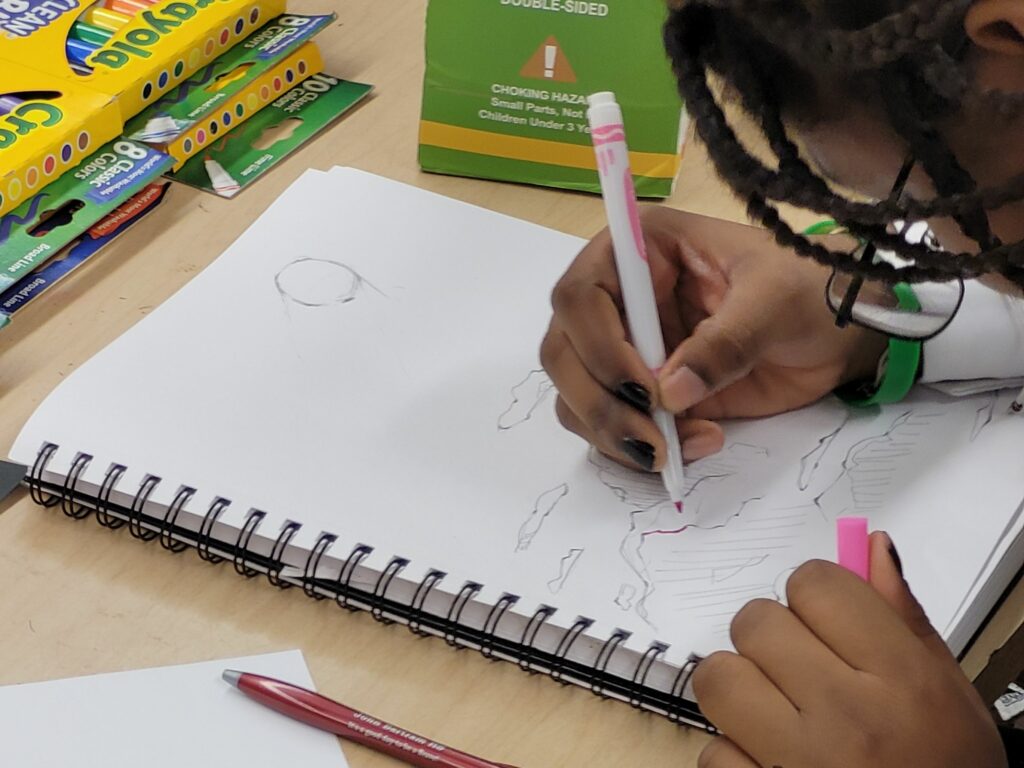|
Inner Strength has measured our impact empirically since 2015. This year, under a study approved by the Institutional Review Board and School District of Philadelphia’s Office of Research, we have continued to measure the impact of our teen program. The results also help us better understand the factors that improve youth well-being in our current cultural climate and identify ways that the Inner Strength curriculum can be strengthened even more to better support self-regulation, self-compassion, and five other metrics that are used to assess youth well-being. As our tagline says, we are working to help students cultivate, “inner strength for outer stability.”
Our research team led by researcher Anna Piacentini Lacher, with the support of our instructors Amelia Mraz and Julie Coopersmith, collected pre- and post- student self-assessments and analyzed the data of the treatment group as compared with a control group. For the most part, the students who received the program in the Spring served as the control group in the Fall, ensuring that everyone who participated was able to benefit from learning mindfulness. Overall, across schools, students showed increases in engagement, optimism, and happiness and gave free-form comments that showed real insight and understanding.
What do these qualities indicate? Engagement identifies interest in the world; optimism is correlated with tenacity and sense of possibility in the future; and happiness connects to feelings of being loved and supported. This is promising at a time when the long shadow of COVID and the disruption of gun violence is eroding teens’ sense of positivity and enthusiasm, replacing it with fear, withdrawal, and disengagement.
The results speak to the program’s positive impact on Philadelphia adolescents, helping them find more meaning, positivity, and engagement with their experience. Keeping these results in mind, moving forward we will be sure to emphasize these themes in our classrooms, helping students better internalize the reasons why they feel more grounded and positive after the mindfulness program.
We’ll also be putting more emphasis on restorative techniques that communicate high expectations and high support will help youth improve their outlook and their confidence. Restorative techniques include attitudes and practices that emphasize calm, care, open-mindedness, and no shame; welcome circles that set the tone for the year, setting community agreements to abide by; and meeting students where they are.
Our research shows that youth resonate with our mindfulness concepts and with our approach and the care of our instructors. We look forward continuing to care for our youth and find additional ways to unlock their creativity so their loving hearts and bright minds can shine.
|



